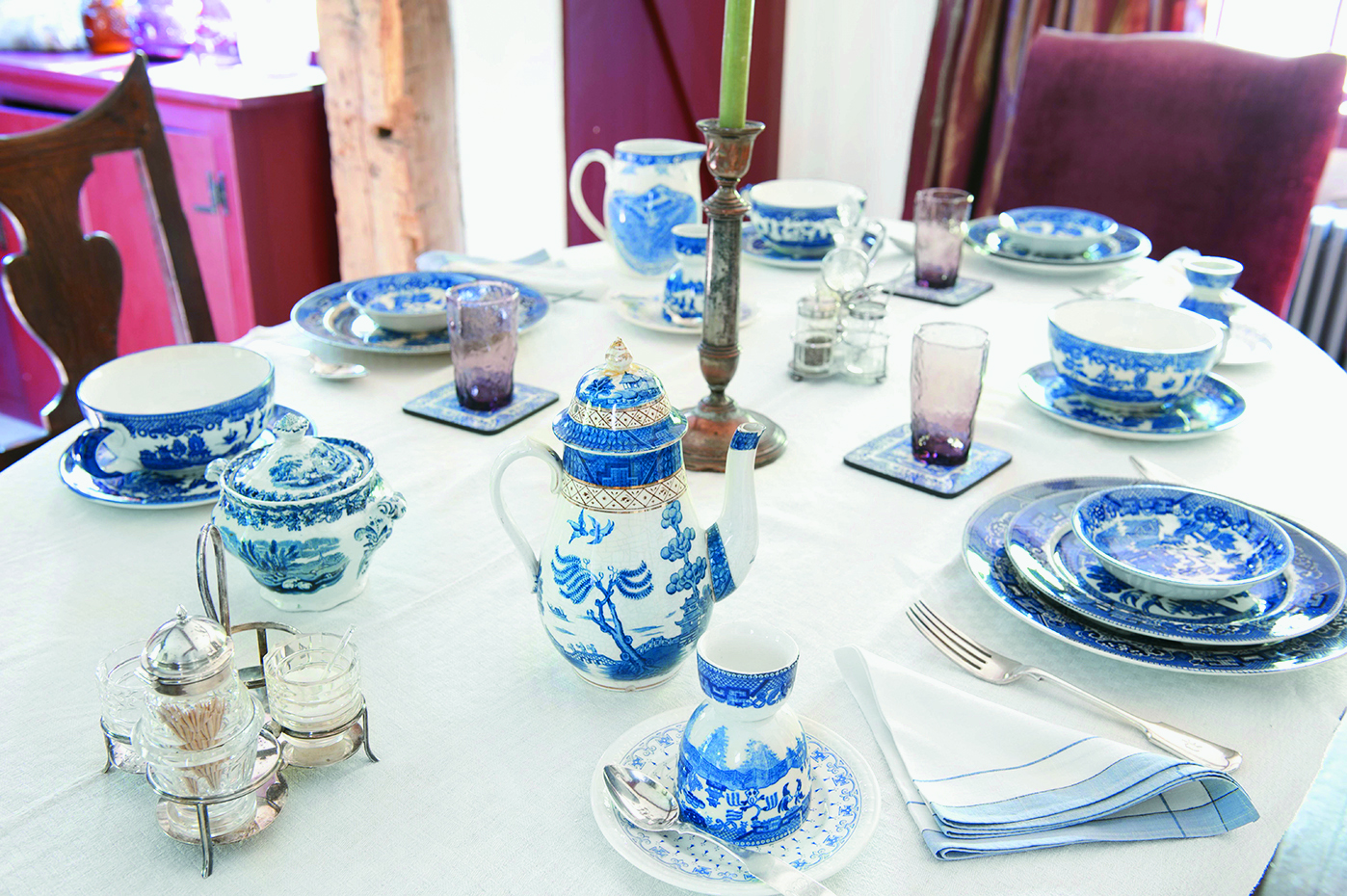The American South has a reputation for its warm hospitality. This cultural feature has even influenced the way houses are decorated and built in the region.
Susan Sully has written several books about Southern architecture and design, highlighting the design principles and traditions that give the region’s aesthetic its distinctly unique identity—a “Southern style anthropologist” of sorts, as she describes herself.
The culture of hospitality has led to a local emphasis on making one’s home comfortable and welcoming.
Remembering the Past
Sully explained that before the advent of modern transportation, people spent a lot of time on the road. “They would sometimes just have to stop at a stranger’s house and at least ask for water, and sometimes ask for a place to spend the night. So there was this sort of readiness of providing hospitality to the stranger.”

Southerners have thus adopted a real affinity for welcoming guests to their house. “Southerners are social. They’re more garrulous. And in a way, when you think of a Southern house, with the porch on front, it’s like the house is almost reaching out towards you…So I think, architecturally, the Southern house speaks about that friendliness,” Sully explained.
The hot, humid climate also played a hand in the emphasis on socializing: people would cool off by sitting on their porches, relaxing, and chatting for hours on end.
Southern homes also tend to have elaborately-decorated sitting and dining rooms. “They have a little bit of a ceremonial quality…so that, you’re really saying, ‘Hey, we’ve made this really special for you, because we’re glad that you’re here.’” At the same time, the furnishings would be comfortable, so that guests are encouraged to stay a while.

Entrance halls are also important, as it is the first thing a visitor sees upon entering. “If they enter a place that kind of instantly engages them with something interesting, that’s more welcoming than something that just hasn’t really been thought about, or it’s kind of bland,” Sully said.
Above all, Southerners have a real nostalgia for the past. This, too, has roots in history.
Prior to the Civil War, the region was home to many wealthy aristocrats who bought the latest wares and beautiful things. But after the devastating conflict, “they couldn’t afford the best anymore. So they really hung on to what they had. Part of that was just a way of holding on to memories of your forebears,” as well as a way of life that was lost, Sully said.
The South’s strong sense of family tradition is also reflected in people’s preference for using heirloom furnishings. “There really is…a deep sense of fondness…for using your grandmother’s things and using it to tell stories. Southerners love to tell stories, and they love to have their houses full of things that tell stories.”
Decorating with Antiques
If you have inherited antique pieces, Sully suggests using them to add meaning and character to your living space. For example, Sully places a large 1936 unabridged Webster dictionary that she inherited from her grandmother in her living room. Her grandmother was a librarian.
“It’s a connection to something that my family valued, which is language,” she added.
Antiques can easily be incorporated into the home as accent pieces. The key to preventing the look from veering old-fashioned or kitschy is to offer contrast. For example, a French Louis XVI chair, with its curvaceous shape, can complement modern furniture pieces that have simpler silhouettes or straight lines.


Sully also suggests reupholstering antique furniture with a bolder color that you don’t usually associate with the time period. If it is not a fine piece, you can also paint it a new color or apply a high gloss.
Antique tableware can also be repurposed for everyday use. For example, instead of using silver cups or teacups as formal china, they can become flower vases.
For those who are new to antiques, Sully recommends going to antique stores and flea markets, or flipping through auction catalogs to see what you gravitate toward. That would be more personal and “lasting” than collecting something old at random, Sully said.













